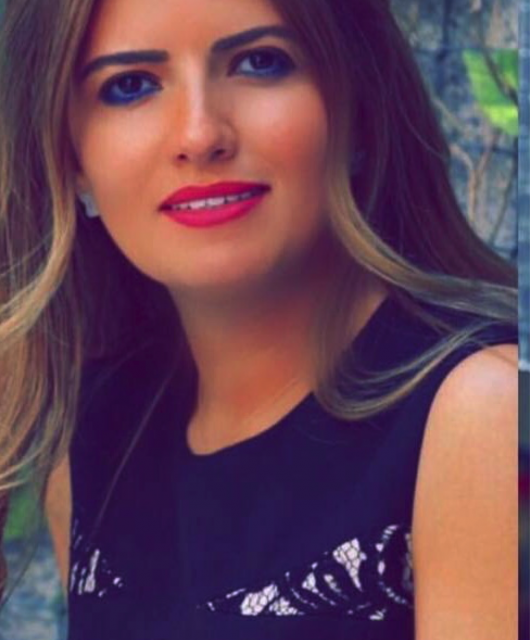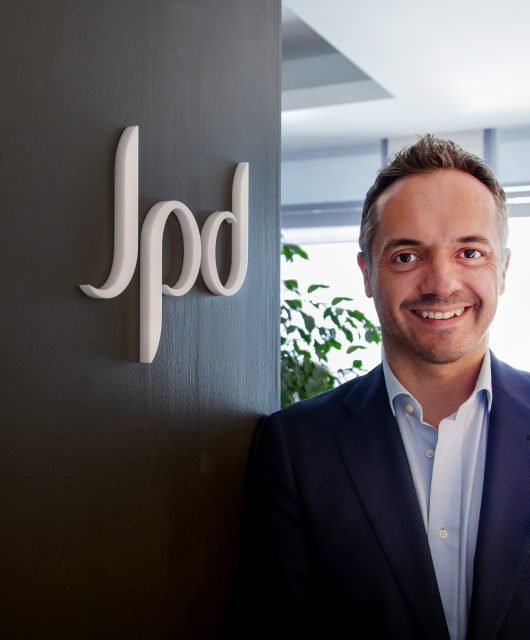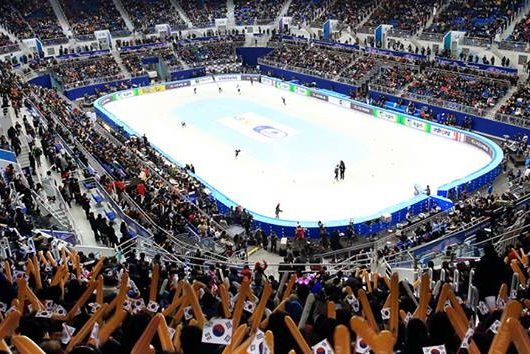The historical Helsinki City Museum has opened the doors of its new flagship museum in Tori quarters, the oldest part of downtown Helsinki, with a brand new vision “Everyone has the opportunity to fall in love with Helsinki“. With this vision came a new fresh and engaging identity designed by local firm Werklig. The Berries interviewed the museum director, Tiina Merisalo, telling the inside story of transforming the museum from an institution into a culturally engaging brand.
BB: In your opinion, with the new trends and generations, are Museums changing from being cultural institutions to entertainment brands with engaging experiences?
TM: It is clear that museums are not only competing with other cultural institutions, but also with all kinds of entertainment and other free-time activities. This of course means putting more effort in marketing, communications and customer experience. However, the foundation will still be clear: engaging content based on each individual museum’s collections and main areas of interest. The big question remains: what is the best way to become more and more meaningful in our own community.

BB: What is the new vision behind rebranding the Helsinki City Museum? What was the brief given to the design agency Werklig that undertook the project?
TM: The Helsinki City Museum’s vision is very simple and easy to remember: Everybody has the opportunity to fall in love with Helsinki. With the vision, we wanted to shift the focus from the museum as an organization to what is most important: Helsinki and its residents. The vision was to be embodied in our new flagship museum, due to open in Helsinki in May 2016.
Werklig was asked to visualize our idea of falling in love with a city, as well as transmit the image of the Helsinki City Museum as an easy-to-approach, definitely non-elitist place that evokes feelings and distinguishes itself with a focus on the personal experiences and everyday life of the people in Helsinki. The visual identity should work well in the rebranding and launch campaign crafted by the museum team, as well as in the longer run, communicating the exhibitions and continuing brand presence of the museum.
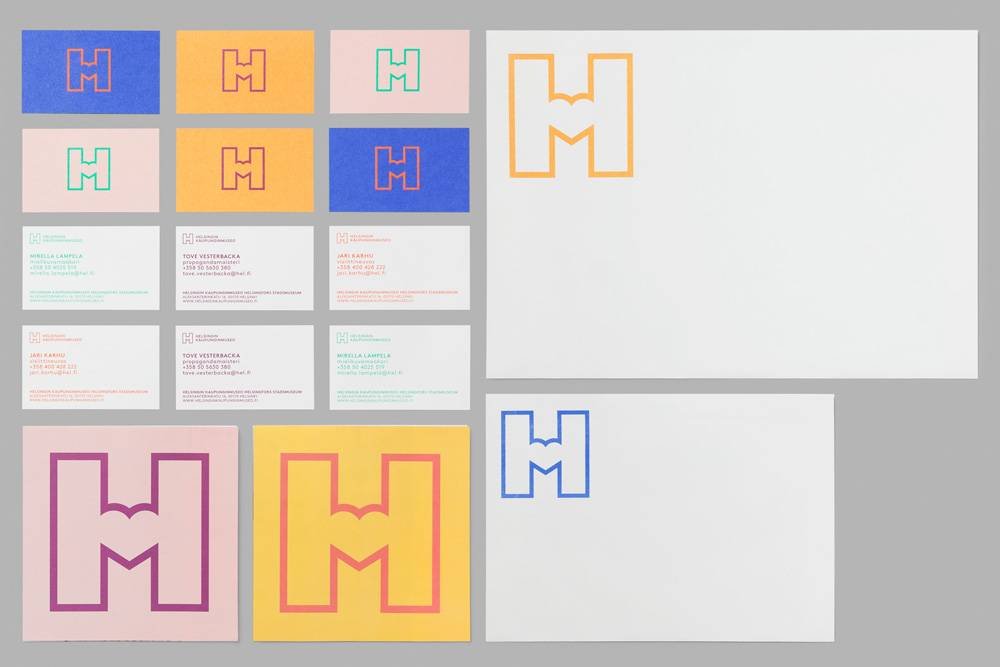
BB: Rebranding cultural entities tends to be very challenging, how were you able to maintain the authenticity and culture relativism of the place while giving it a fresh lookthat is appealing to new generation audiences?
TM: For us it was not an either-or question. Both authenticity and freshness are needed, and it was quite natural to add layers to an already layered entity – our museum actually comprises of five buildings from different eras and a modern building combining them. The buildings are connected in a way that mixes the different eras and creates a multitude of different spaces, corners and atmospheres in the museum. The interior, too, is a mixture of elements from different decades.
While being fresh and easy, the visual identity actually supports the rich traditions and the extraordinary milieu our museum has to offer. Designers at Werklig also took inspiration from the gems in the museum’s collections, such as old public transport tickets, soirée programmes, century-old dance tickets and advertisements for various events.
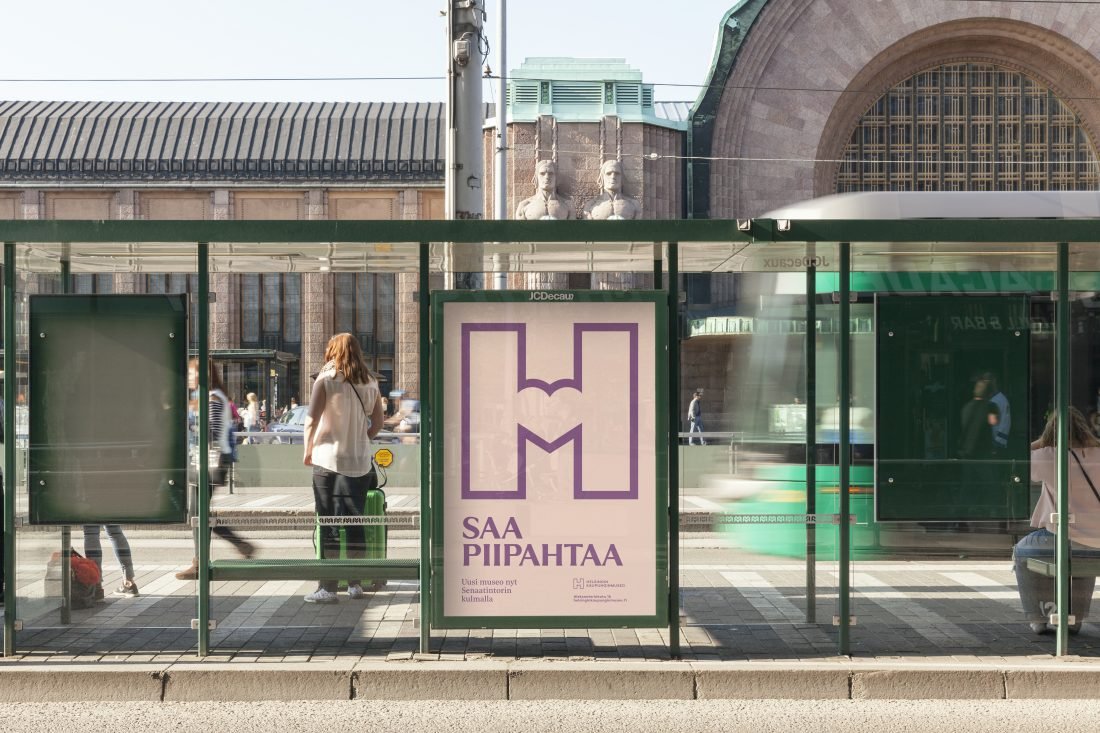
BB: Brands are now all about creating the emotional connection. A new brand communication message was adopted by the Helsinki City museum” everyone has the opportunity to fall in love with Helsinki” , with the aim of driving such a connection and widening public appeal. How did the visual identity capture this and how successful was it in driving such an emotional connection ?
TM: The logo designed by Werklig—capital H with a heart—perfectly captures the museum’s vision, everyone has the opportunity to fall in love with Helsinki. Also the richness of coulour, reflecting the old prints that inspired the design, adds to the freshness and easy-to-approach feeling implied throughout. An emotional connection to the past is also visible in the three unique typefaces Werklig designed for the museum. Falkman, Signe and Govinius each has their own way of exhibiting the living history of Helsinki that defies strict definitions of time and era.

BB: Has the rebranding of the Helsinki City museum have an impact on the visibility and brand presence of the museum?
TM: Yes, definitely. The new Helsinki City Museum, opened in May 2016, stands out as a relaxed place with easy-to-approach exhibitions and events as well as lovely places to hang out in. A good indicator is that the Helsinki City Museum reached its visitor target for the first year – 200 000 visitors – in only four months, and has now reached almost 300 000 visitors. It is also worth mentioning that our rebranding and launch campaign made it to the Finnish Effie competition shortlist. Effie celebrates the most effective marketing campaigns of the year.
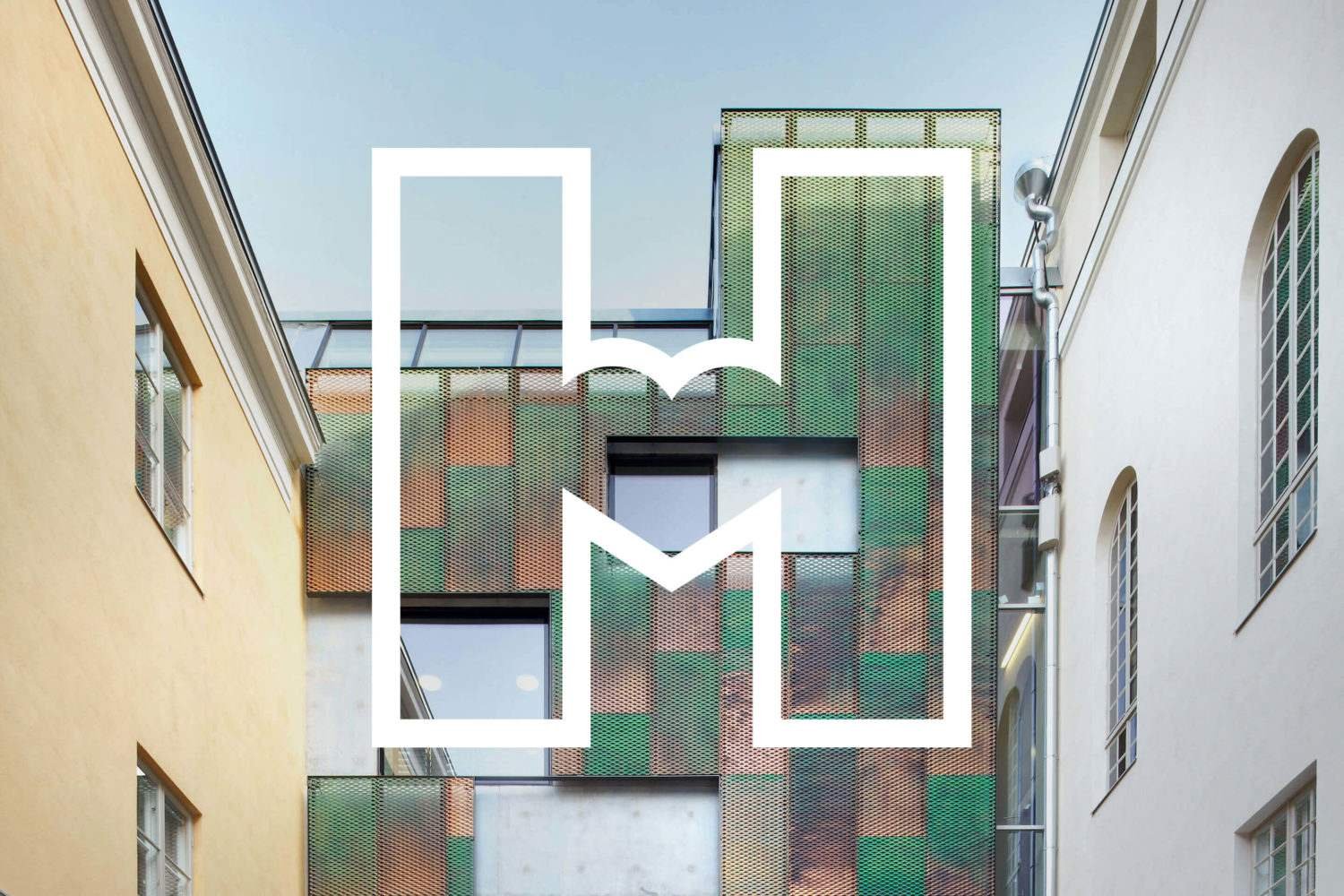
BB: Can the rebranding of the museum affect the place branding of Helsinki as a city and Finland as a nation?
TM: Absolutely! The Helsinki City Museum definitely is an important part of the bustling and dynamic museum scene in Helsinki, which without doubt makes the city and country more appealing.







